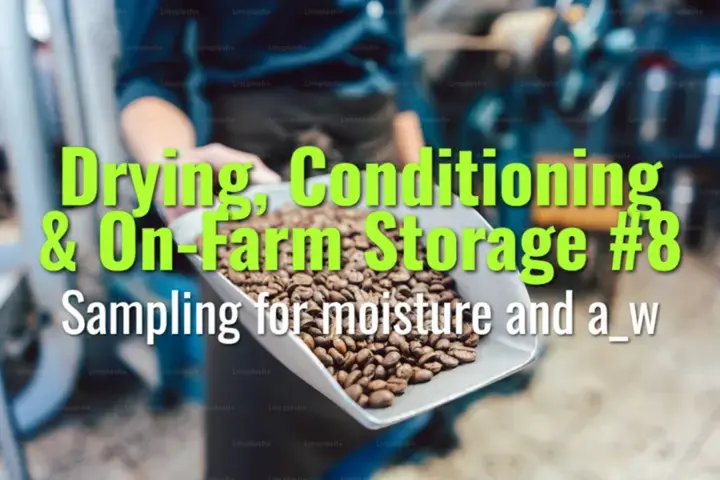
Sampling for moisture and a-w
This topic explains how to properly sample coffee for measuring moisture content and water activity (a-w), why representative sampling is critical, and how these tests ensure stability and quality.

This topic explains how to properly sample coffee for measuring moisture content and water activity (a-w), why representative sampling is critical, and how these tests ensure stability and quality.
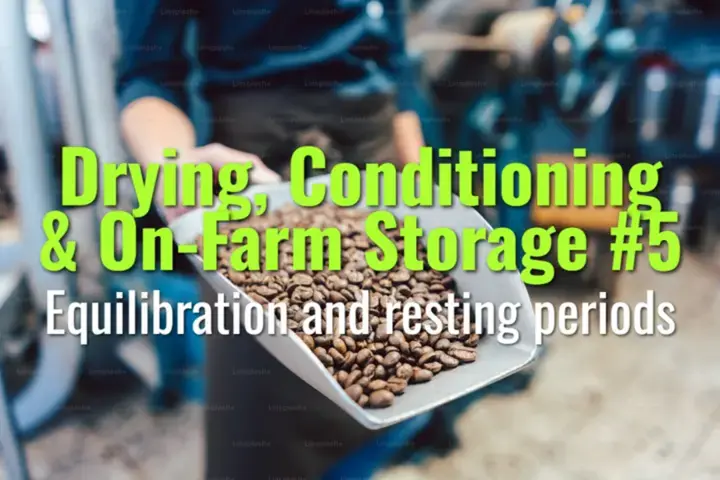
This topic explains equilibration and resting periods in parchment coffee storage, how they stabilize moisture and flavor, and why they are essential before hulling and export.
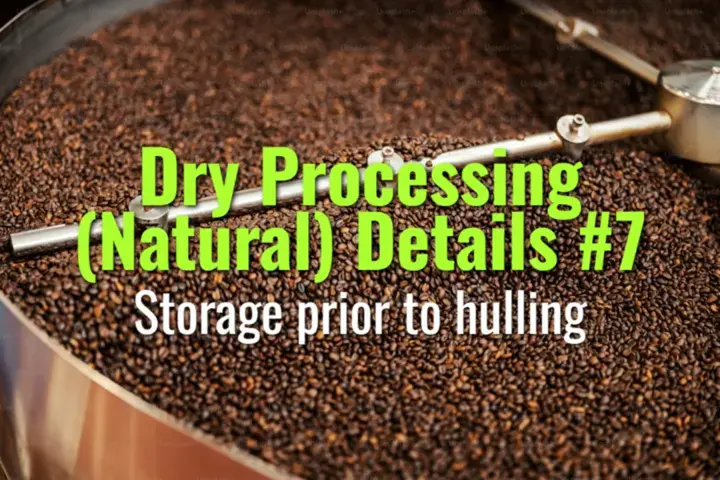
This topic explains best practices for storing dried coffee cherries or parchment before hulling, and how storage conditions affect quality, safety, and market value.
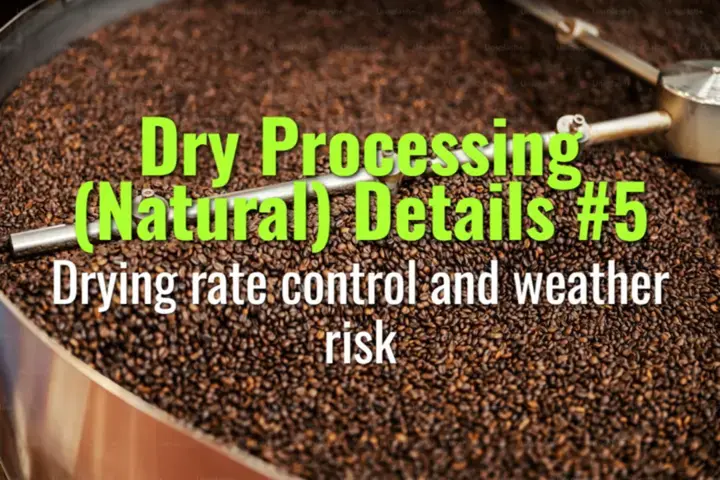
This topic explains how controlling the drying rate and managing weather risks are essential in natural (dry) coffee processing to ensure stability, flavor quality, and defect prevention.

This topic covers the equipment and settings used in depulping coffee cherries, how the process works, and why calibration is essential for quality and efficiency in washed coffee processing.
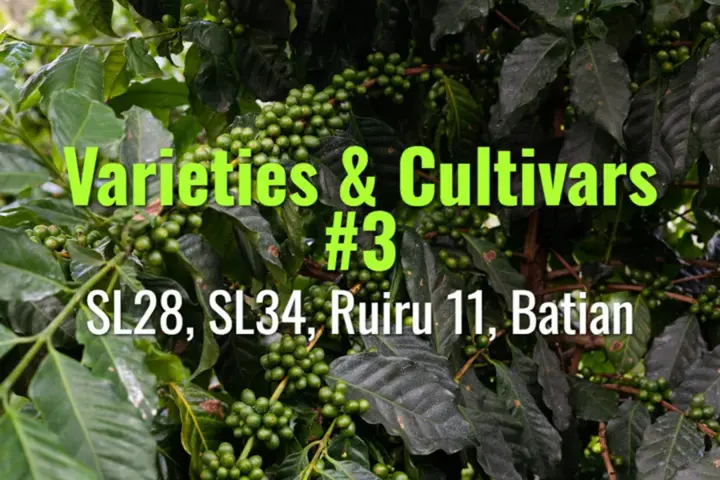
This topic explores the key Kenyan-developed coffee varieties—SL28, SL34, Ruiru 11, and Batian—their origins, traits, flavor profiles, and significance for disease resistance and quality.